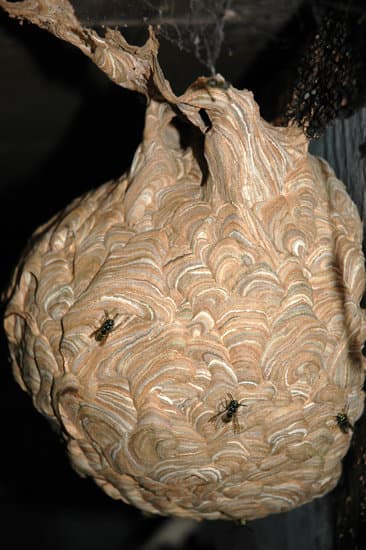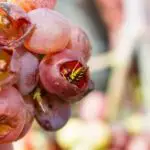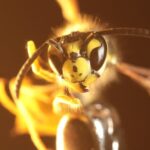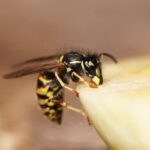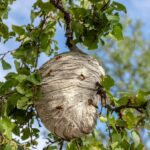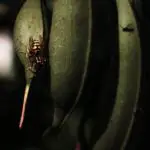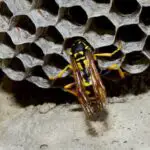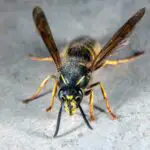How Do Wasps Go Inside Figs?
Figs have been a part of our food chain for centuries, but we still don’t know exactly what goes on inside these fruits. Figs have a unique relationship with wasps. These two insects have a mutualistic relationship, where both help the other to pollinate the fig.
There are two species of fig wasps in North America. These insects are known to have a complex life cycle, as each individual species has a different role. They are part of the Chalcidoidea superfamily, which includes thousands of parasitic wasp species.
A female pollinator wasp enters an immature “fruit” through a small natural opening. She deposits eggs inside the cavity. She then dies. Her body is then digested by the fig, allowing pollen to fertilize the fig’s ovaries. It is this process that causes figs to ripen.
In some cases, the fig tree loses all of its seeds, making pollination necessary for the fig to ripen. However, in some figs, the tree will ripen without pollination. Fig trees also have a special enzyme called ficain, which breaks down the exoskeleton of the female wasp. These figs then produce seeds.
The pollination of figs is very complicated. A female wasp must crawl inside the fig and collect pollen from the female flowers. She then distributes the pollen to other figs. She must find a new fig to lay eggs in in order to continue the cycle.
The pollination of figs requires a special breed of wasp. Female fig wasps are very small, and their wings are stripped away when they enter the fig. They also have short spines on the underside of their head. They also climb fig trees.
